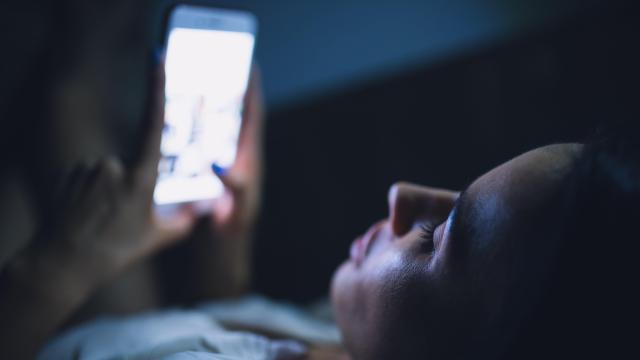Apple advertises its newest iPhone as having the brightest screen yet, but when you use it, you probably can’t help but to think, “Shouldn’t this be brighter?” You might even compare it to other screens that look much brighter than yours. It’s not you: It’s auto-brightness, and you should turn it off on most of your devices.
Why auto-brightness exists in the first place
Auto-brightness is the tech industry’s solution to a couple problems. First, they want users to feel like their devices have good battery life, and powering a display takes a lot of energy — the brighter the display, the more battery it spends. By having a system that automatically sets the display to the “optimal” (heavy emphasis on the quotes) brightness, they can reduce the rate the battery drains.
Keeping auto-brightness enabled by default ensures a majority of your user base lives with the feature for good, and, by extension, has a battery-saving measure on at all times. Companies probably save themselves quite a few complains about poor battery life that way.
Of course, auto-brightness has other benefits than extra battery life. The feature can, in theory, help keep the display at the right brightness throughout changing lighting conditions. For example, when you use a screen outside, you want to boost your display brightness, but when you go back inside, you probably want it reduced, even completely dimmed in the dark. Auto-brightness can help bridge the gaps automatically: If you can use your phone at full brightness outside, then return to a pitch black room and see the screen fully dimmed, auto-brightness has done its job.
You don’t need to have a portable device to take advantage of it, either. A desktop computer can use auto-brightness to adjust its display throughout the day, perhaps maxing out when the sun is hitting the room the most, and dimming as it sets.
But auto-brightness is actually pretty terrible
The problem is that auto-brightness is often not good at what it does. It settles on a brightness level that works for its calculations, but not for anyone with eyes. When the setting is turned on, you’ll likely find yourself adjusting the brightness slider manually anyway…so why bother?
It can also keep the screen from reaching its peak brightness. With auto-brightness enabled on my Nintendo Switch, I can max out the brightness slider to some effect, but if I turn the setting off, the screen gets even brighter. That’s generally what you can expect from auto-brightness.
There’s nothing more infuriating, though, than auto-brightness’ biggest weakness: constantly-changing lighting conditions. If you move around your room — maybe briefly facing the window and then turning the other way — auto-brightness can go nuts. Sometimes a little extra light makes the brightness skyrocket, while a slight reduction in light leads to a completely dim, unreadable screen.
If you’re not happy with the display brightness of your new device, auto-brightness could be to blame. This Redditor took to r/iPhone to ask why their new iPhone 14 Pro Max looked so dim compared to the Galaxy S23. While there are plenty of factors that can cause two phones to display the same video differently, the lack of brightness on the potentially very bright 14 Pro Max is likely the default auto-brightness.
How to disable auto-brightness on your phone
On most devices, you’ll find auto-brightness options in the Display settings, but that’s not a constant. Apple, for example, annoyingly places its auto-brightness option in Settings > Accessibility > Display rather than Settings > Display & Brightness (where it so clearly belongs).
If your device allows it, use the search function to quickly find the auto-brightness setting in case it isn’t where it you think it would be. However you do it, turn it off, set the brightness to the level you want it to be, and don’t let the robots tell you how to live.

Leave a Reply
You must be logged in to post a comment.